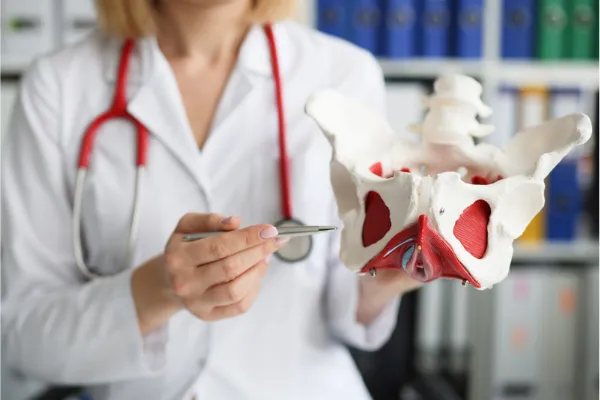The Pilates Goddess Blog

Pelvic Floor Health and Why So Many Adults Pee Their Pants
Am I really writing an entire blog post about urinary incontinence? Yes, I am!
I was at CVS the other day, and happened to run through the underwear protection aisle (I lump all pad products, whether they be for menstrual blood or urine, together as underwear protection). Since my hysterectomy 24 years ago, I haven't needed to frequent that aisle, so I hadn't quite noticed the proliferation of new products geared to adults with urinary incontinence.
I mean, there were more products of the adult diaper variety than of the maxi pad variety.
Or, to be perfectly blunt, more adults are accidentally peeing their pants now than they were 20 years ago. And that should be of concern.
I. Your Pelvic Floor Is Part of Your Core
With all the discussions of core strength and debates over bracing vs. scooping in the fitness and Pilates worlds, you would think that all trainers are intimately acquainted with the basic structure of the "core". You would be wrong!
And with all of the adult diaper-type pads and pull-ups, you would think that people would be concerned that their pelvic floors are clearly not working. But no, we seem to just accept it and add more products to our weekly pharmacy spend.
II. Not All Core Exercises or Programs Are Good for Your Pelvic Floor
There is the rub! If you bear down too much doing any exercise, including ab work, you will be straining your pelvic floor muscles, not strengthening them. This includes sit ups, planks, and bridges, as well as yoga and Pilates exercises.
And heavy weight training, CrossFit or Olympic-style, almost always causes pelvic floor strain from inhaling and bearing down. Peeing while lifting, in some circles, is actually considered a badge of honor.
III. Having A Baby Weakens Your Pelvic Floor
Why, oh why will obstetricians not discuss this? Even a perfectly healthy and easy vaginal birth will affect your pelvic floor, and a more difficult birth or very heavy baby will mess with you even with a cesarean.
But if you are still leaking urine a year later, that is a problem. Proper breathing and engagement of the pelvic floor in specific exercises will help.
A Final Note on Urinary Incontinence...
Peeing your pants is really not OK for grownups who are otherwise healthy. It really isn't!
While Kegels are always useful, it also importance to work your pelvic floor while moving in varied positions, so you can learn to hold it in when you sneeze, run, pick up something heavy (including a child), and stand up.
You ultimately need to work supine, prone, on your sides, sitting, and standing to increase functional pelvic floor strength.
I can help you get a handle on your pelvic floor situation! Click here to set up a free 20 minute consultation.





